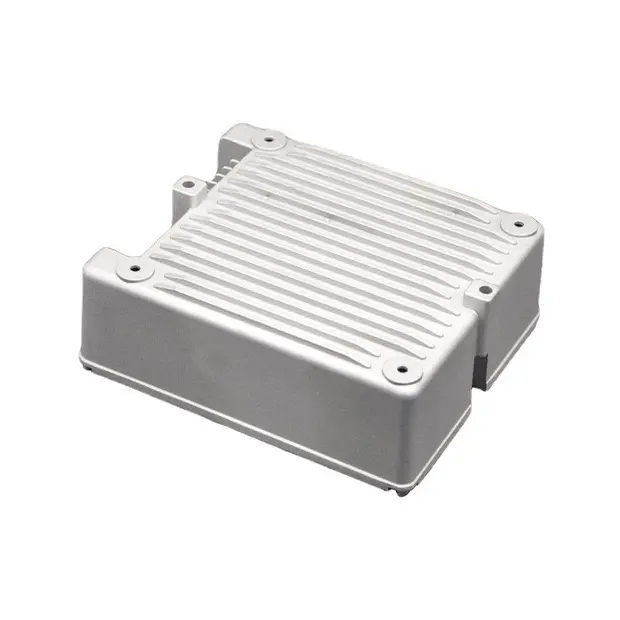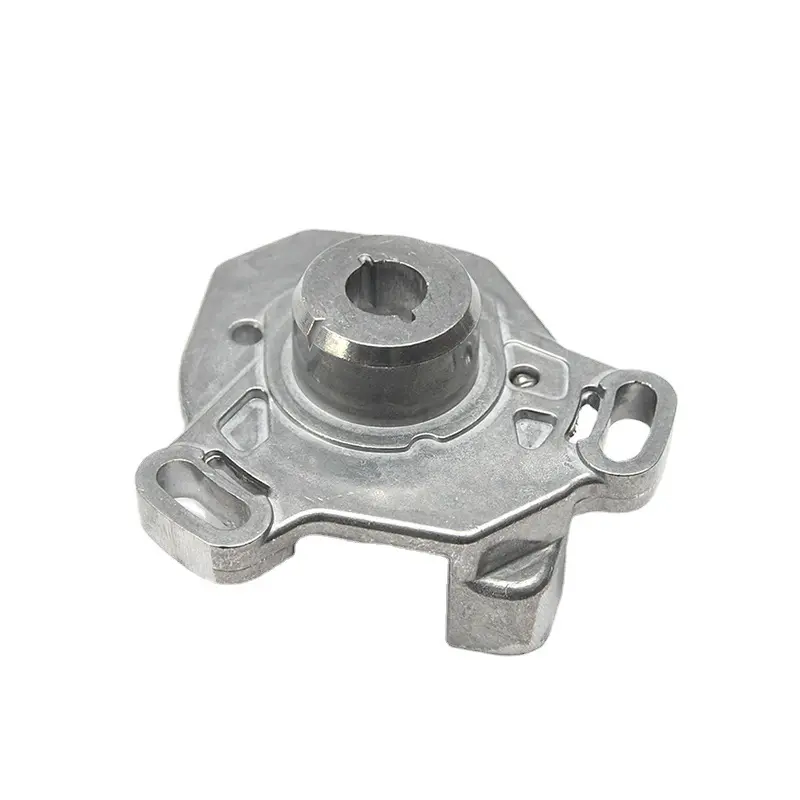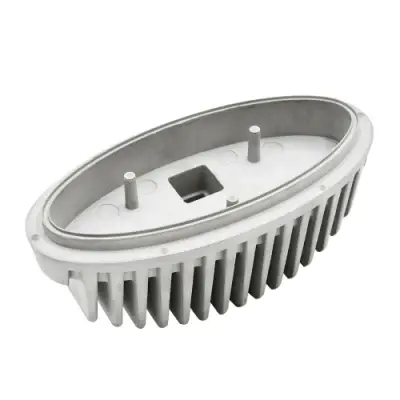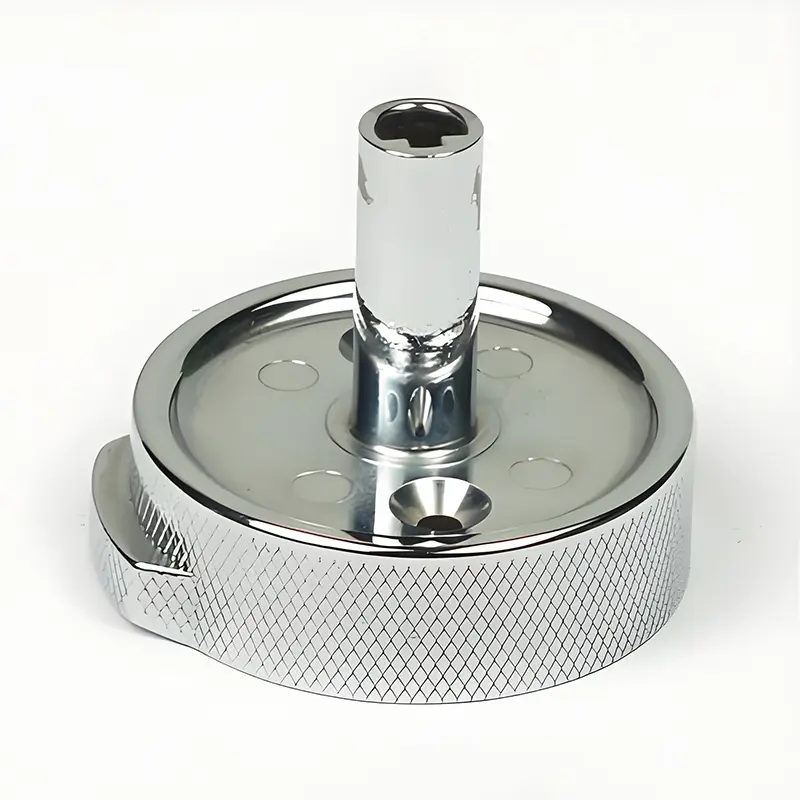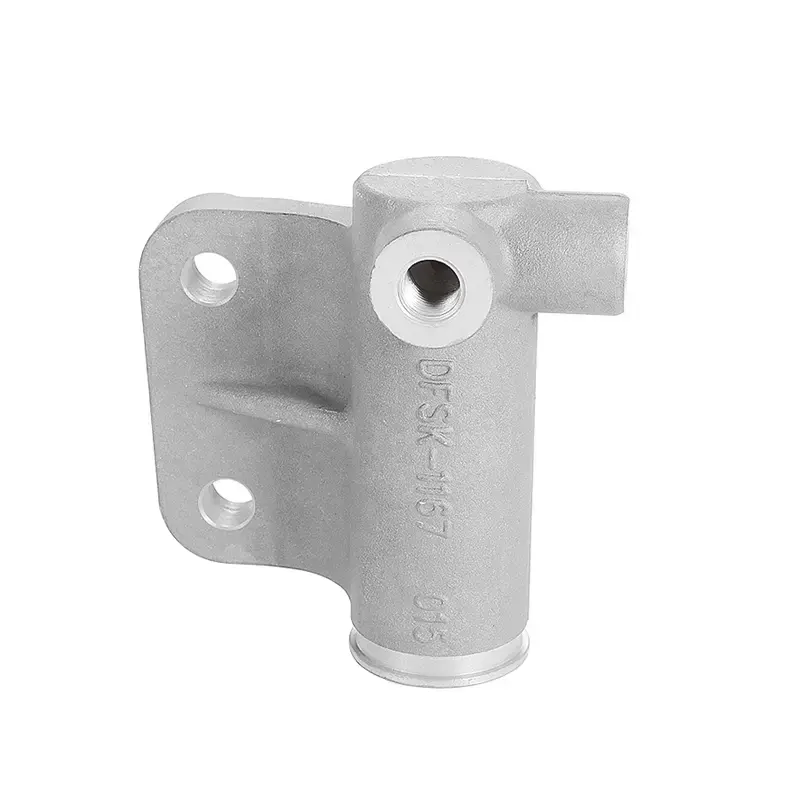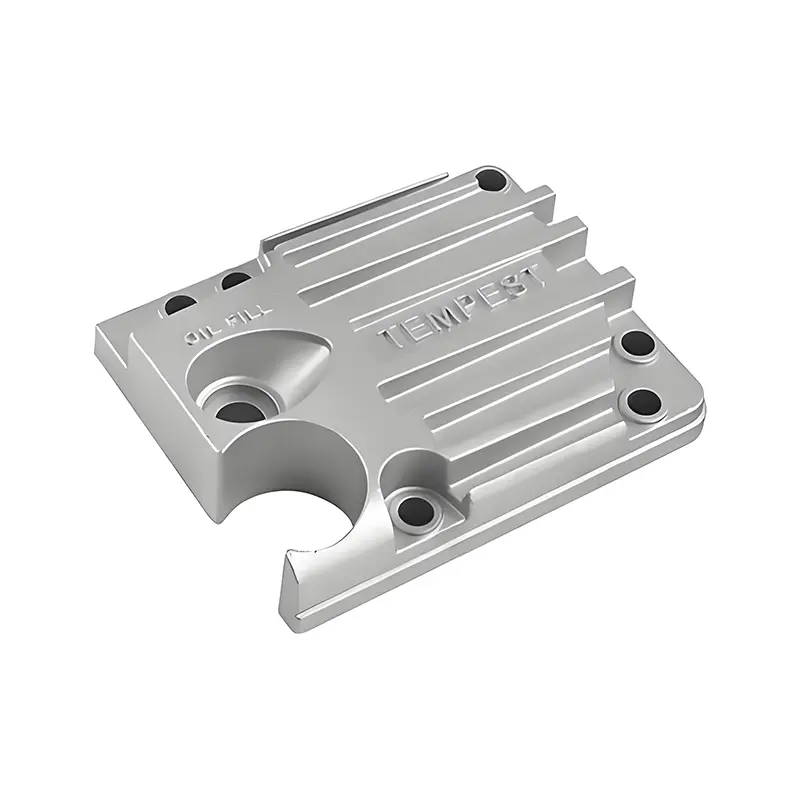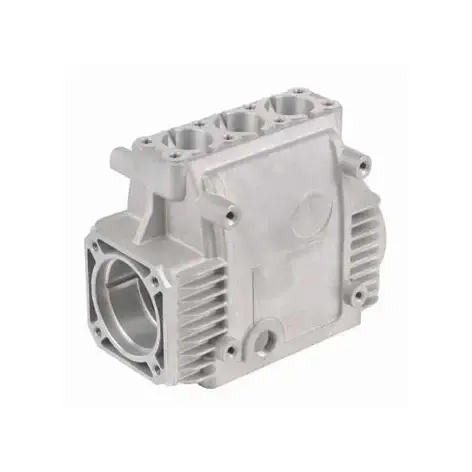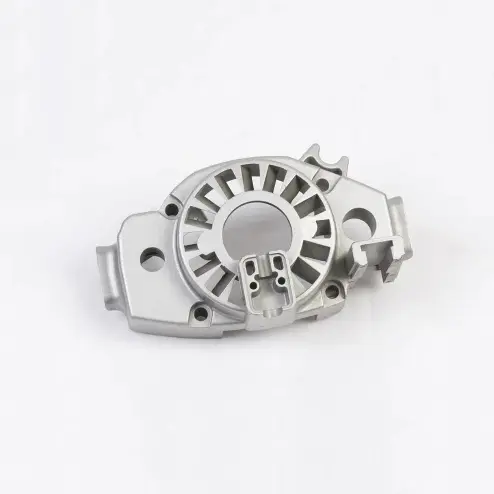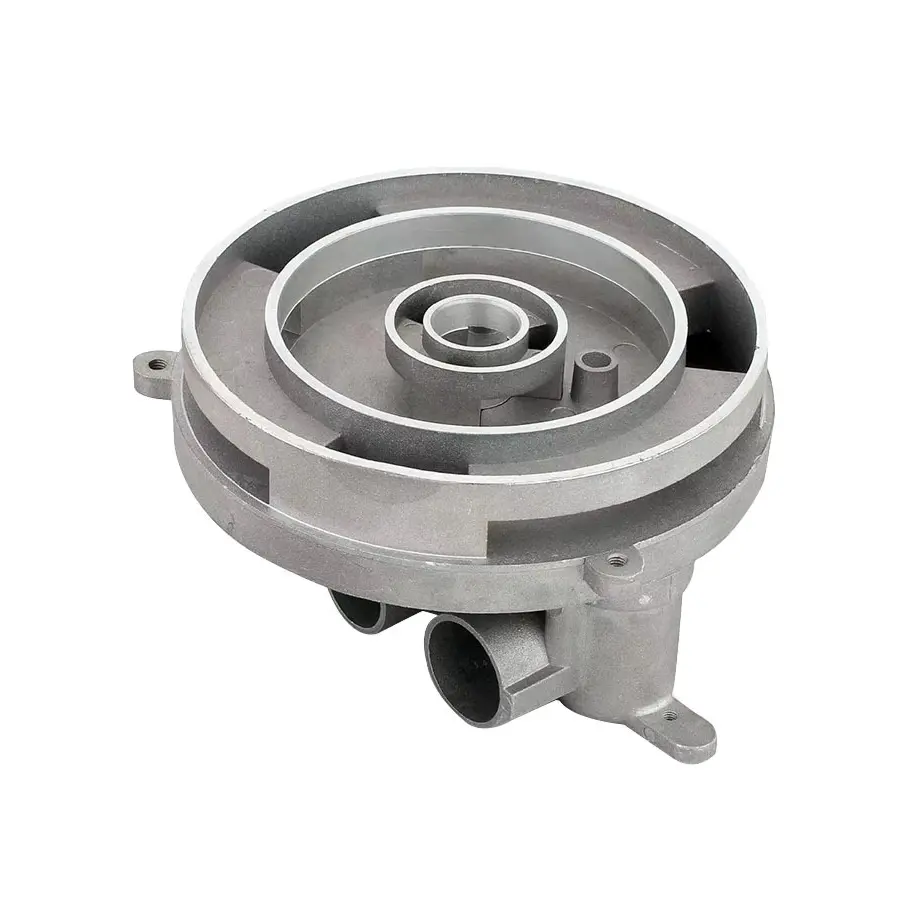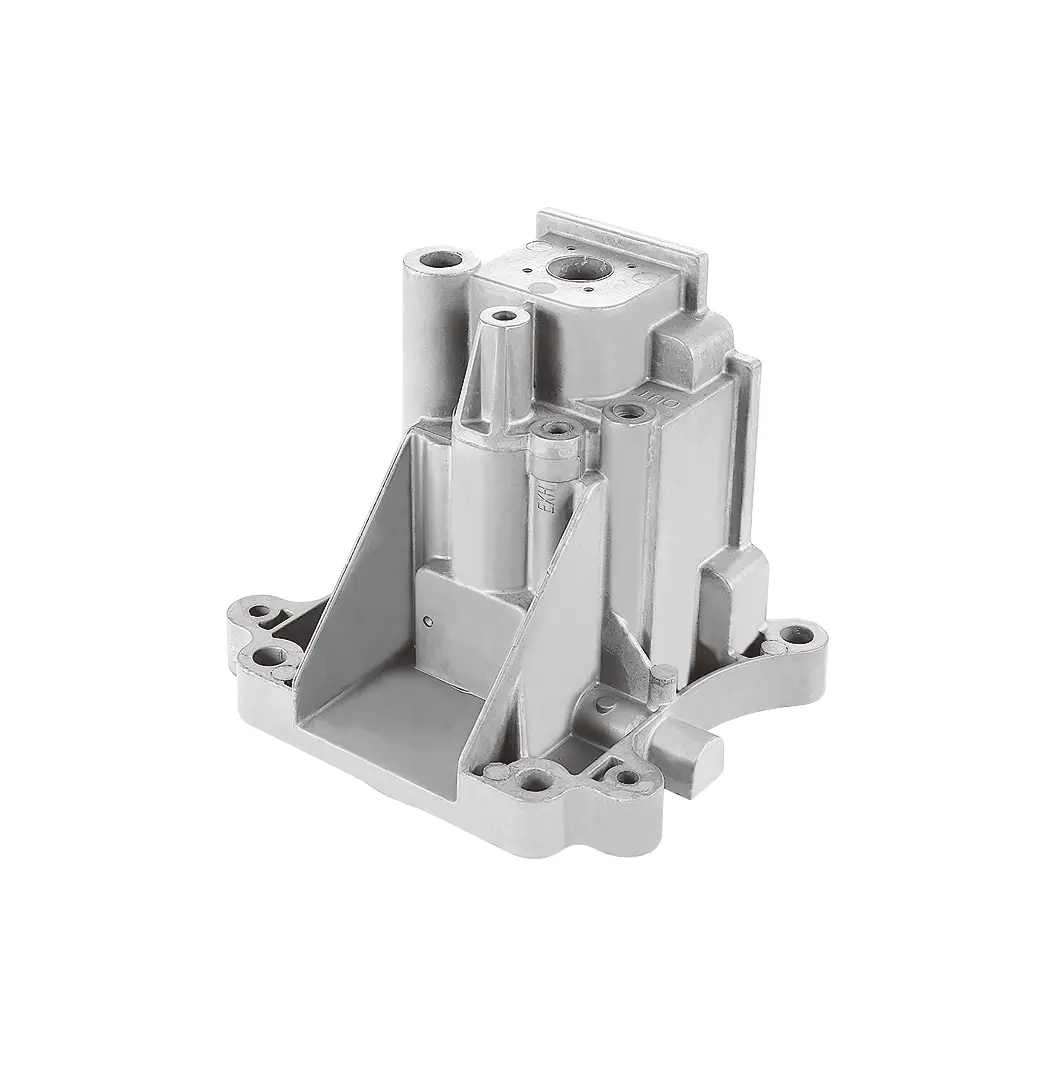 +86-13516964051
+86-13516964051 What are the specific performances of high pressure castings in terms of durability?
Preface: Why durability is the first KPI for international procurement
In Alibaba inquiries, the proportion of overseas buyers putting "long-lasting" in the first line of RFQ has increased from 37% in 2019 to 72% in 2024. The reason is simple:
• End consumers are willing to pay 30% more for 20% extra life;
• Distributors are afraid of returns, and sea freight + tariffs double the cost of an RMA;
• Brands write ESG reports into listing documents, and "low scrap rate" is directly linked to stock prices.
High-pressure die-cast (HPDC) aluminum alloy parts have become the "skeleton" material for automobiles, communications, and consumer electronics with ultra-thin walls, complex shapes, and low costs. But "thin" and "strong" seem to be inherently contradictory-how can it still not crack for 10 years with a wall thickness of 1 mm? This article uses 5,200+ words to give global purchasing managers a "durability evaluation scale."
The underlying logic of High Pressure Casting (HPDC) principle and durability
HPDC hydraulically presses molten aluminum into H13 steel molds at 700–2 500 bar, and completes filling within 0.01–0.2 s. High cooling rate (10²–10³ ℃/s) brings three major microscopic advantages:
a) Grain size 5–20 μm, an order of magnitude finer than Sand Casting, and the probability of fatigue crack initiation is reduced;
b) Secondary dendrite arm spacing (SDAS) <10 μm, yield strength increased by 20–30%;
c) Surface Ra 1.6–6.3 μm, reducing stress concentration, can be directly sprayed or anodized.
But high pressure also brings "porosity" as the natural enemy of durability: air entrainment + shrinkage pores can reduce fatigue life by 40%. Therefore, the durability of HPDC = fine grain strengthening benefits – porosity defect losses, the key lies in process window control.
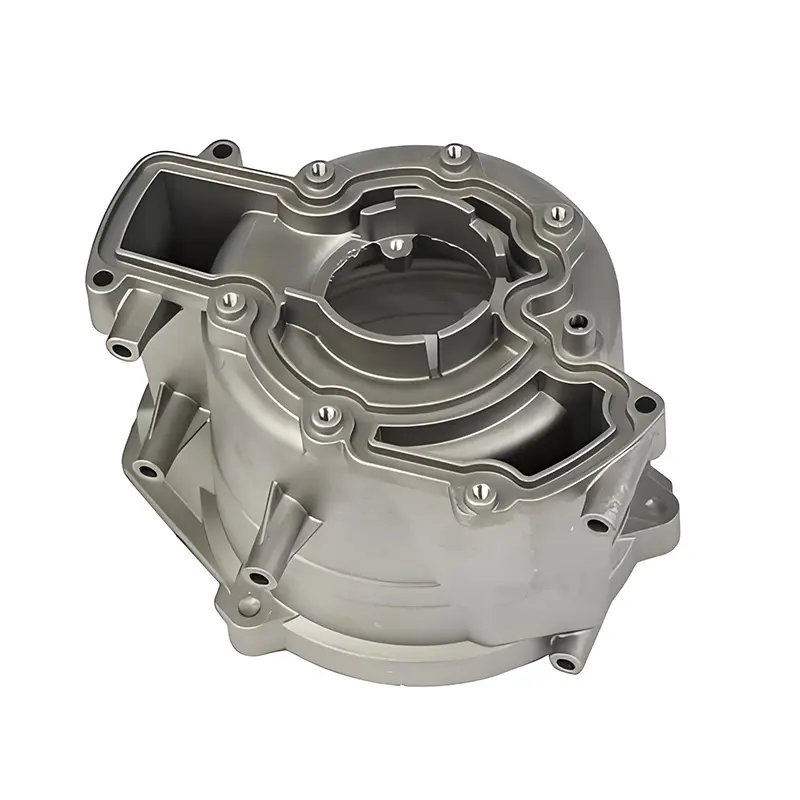
Six dimensions of durability
3.1 Mechanical properties
• Yield strength: 160 MPa in A380 die-cast state, up to 240 MPa after vacuum die-casting + T5 aging;
• Fatigue limit: standard HPDC 90 MPa (R=-1, 10⁷ times), vacuum HPDC increased to 130 MPa;
• Fracture toughness: K_IC decreases by 8–10% for every 1% increase in porosity.
3.2 Dimensional stability
Automotive OEMs require that the mounting hole position accuracy of chassis parts be ≤0.3 mm after 300,000 kilometers. Experiments show that:
• When the porosity is <2%, the deformation is <0.05 mm after 1,000 thermal cycles;
• When the porosity is 5%, the deformation is 0.18 mm under the same conditions, which exceeds the OEM specification.
3.3 Corrosion resistance
ASTM B117 salt spray 1 000 h:
• A360 Die Casting + chromate + powder coating, red rust area <5%;
• ADC12 with the same process, red rust area 15%, due to micro-battery corrosion caused by high Cu content.
3.4 Thermal stability
-40 ℃ ↔ 150 ℃ cycle 500 times:
• ADC12 has 0.1% expansion due to thermal mismatch between Si phase and matrix;
• A390 (17% Si) expands <0.05%, but ductility decreases by 30%.
3.5 Wear and fretting corrosion
Under the gearbox 7 000 rpm condition, the wear weight loss of A390 after 2 μm DLC coating is 0.7 mg/100 h, which is 85% lower than that of uncoated.
3.6 Accidental impact
IEC 60068-2-31 Drop 1.5 m concrete floor:
• 2 mm wall thickness A380 shell has no cracks;
• 0.8 mm wall thickness has 4 mm cracks, which requires reinforcement or switching to AlSi10MnMg vacuum die casting.
How alloys and processes work together to improve life
4.1 Alloy comparison
A380: general purpose, easy to cast, medium corrosion resistance;
A360: high corrosion resistance, high fluidity, suitable for thin-walled communication parts;
A390: high wear resistance, high silicon, suitable for engine brackets;
ADC12: high cost performance, slightly poor corrosion resistance, large-scale 3C shells.
4.2 Process route
• Vacuum die casting: porosity reduced to 0.5–1 %, fatigue life increased by 40%;
• Squeeze die casting (Squeeze): eliminate shrinkage, suitable for thick-walled load-bearing parts;
• Semi-solid (Thixomolding): zero air entrainment, T6 Heat Treatment is possible, yield is increased by another 25%.
4.3 Heat treatment restricted area
Traditional HPDC cannot be solution treated (T4) due to pores, but can be improved by:
• T5 artificial aging (180 ℃×4 h) to increase yield by 15%;
• Micro-arc oxidation (MAO) + coating, surface hardness >1 000 HV, wear resistance increased by 3 times.
Defect map
(using ASTM E505 radiographic standard)
Level 1: Porosity ≤1%, automotive structural parts are allowed;
Level 3: Porosity 3–5%, only shells and brackets;
Level 5: >8%, must be impregnated or scrapped.
Testing and verification
6.1 CT scanning
• Resolution 5 μm, automatic statistics of pore volume fraction;
• The degree of conformity with the metallurgy R²=0.97, which can replace the slice sampling.
6.2 Accelerated fatigue
• 100,000 times 30 Hz is equivalent to 200,000 kilometers of the actual vehicle;
• The loading waveform is in accordance with the VW 80000 standard, R=0.1.
6.3 Notarization report
The "Durability Statement" issued by TÜV, SGS, and Bureau Veritas has become an attachment to European purchase orders, and the insurance premium rate has dropped by 0.5–1%.
Typical industry cases
7.1 New energy vehicle battery tray
• Dimensions 1 800 × 1 400 mm, wall thickness 1.8 mm;
• Vacuum HPDC + stir friction welding, the whole package falls 3 m without leakage;
• Warranty 10 years/240 000 km, LCC is 18% lower than the sheet metal solution.
7.2 5G filter housing
• A360 + nickel plating + three-proof paint, intermodulation index <-150 dBc after 1 000 h of salt spray;
• IP68 sealing ring compression permanent deformation <10% 15 years.
7.3 Commercial air conditioner scroll disk
• AlSi10MnMg semi-solid die casting, yield 280 MPa;
• Axial clearance increment <0.02 mm after 100,000 starts and stops.
7.4 Power tool gearbox
• 0.9 mm thin wall + reinforcement, no crack after falling 1.5 m;
• 1 000 h service life of the whole machine, 35% lighter than zinc alloy.
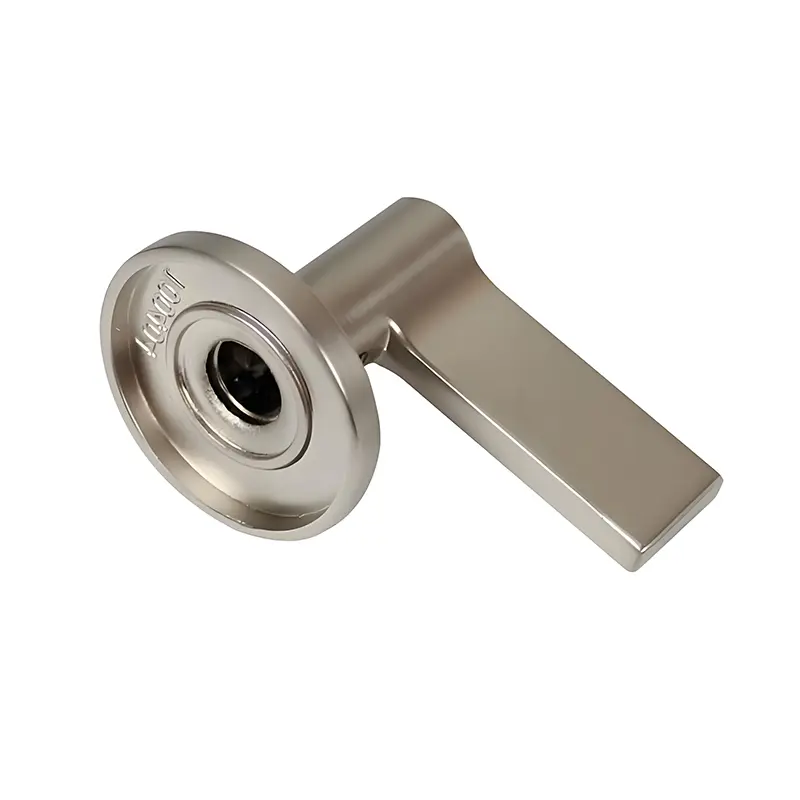
Procurement Guide
8.1 Technical Specification Template (Excerpt)
• Alloy grade + chemical composition upper limit (e.g. Cu ≤0.6%);
• Porosity grade: ASTM E505 Level ≤2;
• Fatigue life: R=-1, 10⁷ times ≥130 MPa;
• Corrosion resistance: salt spray 1 000 h surface white rust area <5%.
8.2 PPAP Document Package
Must include:
• CT scan porosity report;
• 30 Hz accelerated fatigue S-N curve;
• Material traceability code (laser QR code).
8.3 Warranty Negotiation
Write MTBF (mean time between failures) into the contract:
• Target 10 years/240,000 km;
• Defect rate PPM ≤100;
• Failure compensation formula: single claim = 1.5 × FOB price + freight.
Cost-life model
LCC = (C_tooling/N_batch) + C_alloy + C_process + C_testing + C_warranty
Take 500,000 battery trays as an example:
• Vacuum die casting costs $0.8 more per piece than traditional HPDC;
• But the claim amount drops by $2.3/piece during the 10-year warranty period;
• Net savings of $1.5/piece, ROI 1.8 years.
Conclusion: In the next five years
• 700 MPa ultra-high pressure technology is limited, and vacuum + semi-solid becomes the mainstream;
• AI visual online pore detection will replace manual sampling;
• The proportion of recycled aluminum will increase to 85%, and the carbon footprint will be reduced by another 30%.








